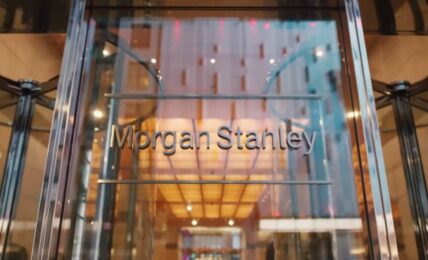Issuance volumes of green, social, sustainability and sustainability-linked (GSSS) bonds pulled back sharply in Q3 2023, falling 26% year-over-year to $198 billion, slightly underperforming the global bond market’s 22% decline, after significantly outperforming the market in the first half of the year, according to a new report from Moody’s Investors Service.
Despite the slower Q3 performance, however, Moody’s maintained its full year 2023 GSSS issuance forecast of $950 billion, representing 4% growth over the prior year, with the report highlighting an anticipated return to growth in the fourth quarter, driven in part by COP28-related initiatives.
GSSS’ share of global bond issuance year-to-date remains above levels during the prior year, with sustainable bonds representing 14% of the market over the first 9 months of the year, compared to 13% in the same period last year. Q3 GSSS share was 14%, slightly below last quarter’s 15% share.
A sharp decline in issuance by sovereign issuers drove a substantial portion of the drop in Q3 volumes, with sovereigns issuing only $23 billion in the quarter, down 62% from Q2’s $61 billion, and representing only 12% of global GSSS issuance in the quarter, compared with 23% in the prior quarter. Other sectors performed better or more in line with the broader market, with nonfinancial corporates issuing $63 billion, down 14%, government agencies down 13% to $46 billion, and financial institutions down 25% to $39 billion.
The quarter also saw a continued divergence in regional GSSS trends, with sustainable bond volumes representing 19% of total bond issuance in Europe year-to-date, compared to only 4.5% in North America.
By bond type, green bonds accounted for most of the drop in GSSS issuance in Q3, falling 37% in the quarter to $100 billion, after a record setting first half of the year. Despite the pullback, Moody’s maintained its full year forecast for green bond issuance of $550 billion, up more than 10% over 2022.
Social bond volumes fell 29% to $42 billion in Q3 after a strong Q2, while sustainability bonds declined by a more modest 13% to $37 billion.
Sustainability-linked bonds (SLB) emerged as one of the bright spots in the quarter, increasing 73% to $19 billion, after declining sharply in Q2. While Moody’s expects the SLB market to continue to face challenges from investor scrutiny over issues such as the credibility and robustness of the bonds’ linked sustainability targets, the report notes that longer-term support for the instruments may emerge from continued innovation and standard setting in the segment.
One of the key factors driving Moody’s forecast for a stronger end to the year for the GSSS market is the COP28 climate change conference, which the report indicated could support sustainable debt issuance. The conference will include the first global stocktake to assess progress under the Paris Agreement, and will also focus on priorities including the operationalization of the loss and damage fund established during COP27, the energy transition, and the transformation of food systems. According to the report, these areas may support activity in areas including sovereign issuance, transition finance, emerging markets activity, and adaptation-focused sustainable bonds.



